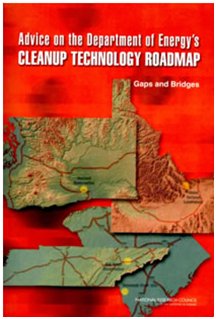Advanced Remediation Methods for Metals and Radionuclides in the Vadose Zone

The Challenge
According to the January 2009 Report to Congress on the Status of Environmental Management Initiatives to Accelerate the Reduction of Environmental Risks and Challenges Posed by the Legacy of the Cold War, "the biggest challenges EM faces are those that have few precedents and fewer off-the-shelf technologies and processes to address them". The U.S. Department of Energy Office of Environmental Management (DOE-EM) has set an internal challenge to minimize environment, safety, and health risks across the complex in a safe, secure, compliant, and cost-effective manner.
In the National Academy of Sciences (NAS) review of the DOE EM Office of Engineering and Technology roadmap (Advice on Department of Energy's Cleanup Technology Road Map Gaps and Bridges, 2009) NAS predicted that as EM addresses cleanup of more difficult sites, it will need continued scientific investments to understand the release, fate, and transport of contaminants in the subsurface and provide more effective and efficient remedial technologies than current baseline approaches. Many of the remaining waste sites are challenging because of the complexity and coupled nature of controlling hydrological, biological, and geochemical processes and the wide range of scales over which they operate.
